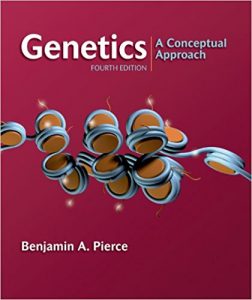Mesenchymal Stem Cells – Basics and Clinical Application II (Advances in Biochemical Engineering/Biotechnology)

[amazon template=image&asin=3642379435]
Engineered MSCs from Patient-Specific iPS Cells, by Irina Eberle, Mohsen Moslem, Reinhard Henschler, Tobias Cantz
Fate of Intravenously Injected Mesenchymal Stem Cells and Significance for Clinical Application, by Beate Wagner, Reinhard Henschler
The Implications of Stem Cell Applications for Diseases of the Respiratory System, by Mei Ling Lim, Philipp Jungebluth, Paolo Macchiarini
Potential of Mesenchymal Stem Cell Applications in Plastic and Reconstructive Surgery, by Birgit Weyand, Peter M. Vogt
General Principles for the Regeneration of Bone and Cartilage, by Michael Jagodzinski, C. Haasper
Adult Mesenchymal Stem Cells Explored in the Dental Field, by K. M. Fawzy El-Sayed, C. Dörfer, F. Fändrich, F. Gieseler, M. H. Moustafa, H. Ungefroren
Mesenchymal Stem Cell Therapy and Lung Diseases, by Khondoker M. Akram, Sohel Samad, Monica Spiteri, Nicholas R. Forsyth
Mesenchymal Stem Cells as Cellular Immunotherapeutics in Allogeneic Hematopoietic Stem Cell Transplantation, by Claudia Papewalis, Daniela Topolar, Barbara Götz, Stefan Schönberger, Dagmar Dilloo
New Cell-Based Therapy Paradigm: Induction of Bone Marrow-Derived Multipotent Mesenchymal Stromal Cells into Pro-Inflammatory MSC1 and Anti-inflammatory MSC2 Phenotypes, by Aline M. Betancourt
Interactions Between Mesenchymal Stem Cells and Dendritic Cells, by Grazia Maria Spaggiari, Lorenzo Moretta
MSC and Tumors: Homing, Differentiation, and Secretion Influence Therapeutic Potential, by Naomi D’souza, Jorge Sans Burns, Giulia Grisendi, Olivia Candini, Elena Veronesi, Serena Piccinno, Edwin M. Horwitz, Paolo Paolucci, Pierfranco Conte, Massimo Dominici
Sources of Mesenchymal Stem Cells: Current and Future Clinical Use, by Michela Pozzobon, Martina Piccoli, Paolo De Coppi
Role of the EU Framework in Regulation of Stem Cell-Based Products, by Giovanni Migliaccio, Cristina Pintus









